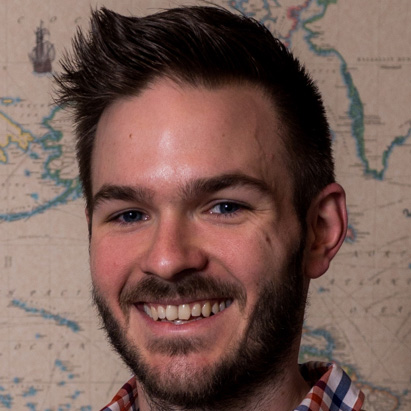In April 2011, Chicago Tribune reporter Patricia Callahan sat in a California Senate hearing, listening in rapt attention as burn surgeon David Heimbach described in excruciating detail how a seven-week-old baby girl had died after being burned by a pillow that lacked flame-retardant chemicals.
There was one detail that stood out to Callahan: Heimbach said the baby’s mother had put a candle into the crib; the candle had tipped over and started the blaze. Such reckless behavior seemed bizarre to the mother of three so she and her colleague Sam Roe started looking into the case as part of their year-long project on flame-retardant chemicals, “Playing with Fire.”
They requested the county records for babies who had died from fires over a 16-year period, but couldn’t find a single matching case. They did find other testimony from Heimbach where he told similar stories, never exactly the same but always involving babies, candles and a lack of flame-retardant chemicals. None of those checked out either. Finally they talked to Heimbach.
“We had a pretty cordial conversation,” Roe recalled at the Nieman Foundation on Thursday night, “but when I started asking him about these children he kept testifying about, he more or less backed himself into a corner where he had to acknowledge ‘Listen, these are anecdotes. They’re not [real people], but these are anecdotes of things that could happen.’ I remember he said ‘facts don’t matter. It’s the principle that counts.'”

Chicago Tribune reporters Patricia Callahan, left, and Sam Roe received the 2012 Taylor Family Award for Fairness in Newspapers for their six-part series “Playing with Fire.” Photo by Lisa Abitbol.
Roe and Callahan were at the Nieman Foundation to accept the Taylor Family Award for Fairness in Newspapers for “Playing with Fire.” Their six-part series revealed how chemical manufacturers had been pushing regulations requiring flame-retardant chemicals in furniture for nearly 30 years without any evidence proving the effectiveness of the chemicals.
In fact, research has increasingly shown that the chemicals are harmful to humans and have been linked to cancer and developmental disorders in children. Callahan said the chemicals are used in the foam of almost all upholstered furniture, “not by the parts per million, or parts per billion, but they’re packed in by the pound.” The chemicals come out of foam cushions in the form of dust, which can then be inhaled by humans.
“The typical American baby is born with the highest recorded concentration of flame-retardant chemicals of infants anywhere in the world,” Callahan said. “Our bodies will retain the chemicals … [and] we pass them onto our kids.”
The law requiring flame-retardant chemicals has been in place since 1975, and efforts to change it have always failed. Callahan and Roe found that a group called Citizens for Fire Safety was one of the biggest opponents of change in the law and had been paying for Heimbach to appear as a witness at hearings. But while Citizens for Fire Safety presented itself as a grassroots public interest group, it was actually funded by the three largest chemical manufacturers in the U.S.
After the series was published in May 2012, the group was shut down.
One reader who was very concerned by the series was California Governor Jerry Brown. He began a push to change the state’s fire safety law, which has become the de facto national standard followed by furniture manufacturers across the country. In February, California released a proposal that would change the flammability test for furniture and make most flame-retardant chemicals unnecessary.
During a panel discussion about fairness, Callahan and Roe discussed the fact-checking process behind the series. Both said that they checked every word to make sure it was supported by documents and evidence.
“One trick is maybe to read it as a plaintiff’s lawyer would read it, as if you’re getting sued.” Roe said. “If you make the slightest little mistake, and this is the kind of stuff that keeps you up at night, that’s all they need. … One little thing could kill you, could kill a year’s worth of work.”
As members of the Tribune’s investigative team, the pair was given a full year to report and write the series. They also gave all of their sources the opportunity to respond to their findings. In one instance, Callahan even flew across the country to seek comment from an official, only to have him shut the door in her face.
“We didn’t set out to spend a year on it; that’s just how long it ended up taking to pin it all down” Roe said. “I never once felt any pressure to put it in before it was ready. I think there was a great sense that we have to be very careful with a story like this.”
Callahan said she and Roe were very careful not to present a point of view in their reporting: “It would strain my credibility as a journalist if I stood up and said ‘This law needs to be changed.'”
“There was a strong advocacy community out there, saying that they wanted to get rid of this California standard,” Callahan said. “The trick for us is that they have their own agenda, and we want to be advocates not for one side or the other, but for the truth.”



